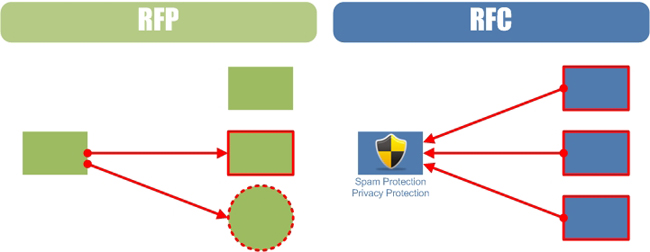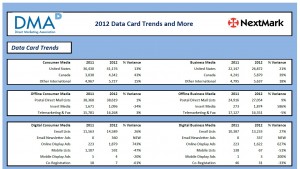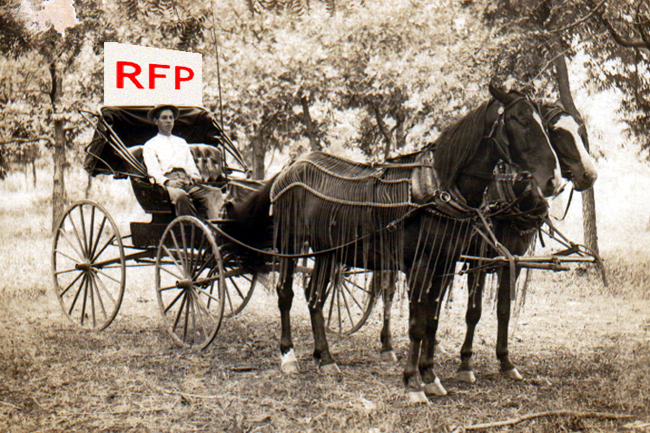Last month, we announced a milestone: 50 Top Web Publishers Tap NextMark’s New Ad Sales Tool. Today, we report two more milestones:
1) That “50” number is already old news; more than 100 publishers are now on board. In the past month alone, another 50+ web publishers have signed on, bringing the count to 107.
2) More than 1,000 website advertising programs from these web publishers are now represented as “data cards” in our advertising program database. In fact, as of today 1,414 data cards have been published:

At the current rate, more than 2,500 of the top website advertising programs will be indexed and available by the end of the year.
Unlike in other media channels, digital media planners have never had a “go to” source of comprehensive information about digital advertising programs. They’ve used myriad tools and countless hours of drudgery to cobble together the information they need to present a professional media plan to their client, the advertiser.
Sure, media planners have long had good tools like comScore and Nielsen to get site metrics such as visitors, page views, and audience profiles. However, site metrics only provide a fraction of the information needed to produce a solid media plan. Furthermore, site metrics tools are typically disconnected from the media planning system.
As a result, media planners waste a great deal of time tracking down the information they need for their media plan. Did you know that it takes more than 480 hours and costs an agency more than $40,000 to create and execute a media plan? Ouch.
With access to a data card database, a digital media planner gains access to all the information they need to make decisions and to create their media plan. Their life just got a lot better: no more late nights tracking down publisher details and pasting into other systems like Excel and Powerpoint. It’s all available at their fingertips in their media planning system. Now, they can spend more time on publisher relations, strategy, and other high-value activities.
Ad sales representatives from web publishers also gain an advantage by publishing data cards. By making it easy for the media planner to buy from them, they get an increase in sales leads… and those leads are better qualified. So, they waste less time servicing cold leads and more time closing deals.
A prerequisite to a viable data card database is creating data cards for each and every advertising program. Nobody has ever done this before for digital ad programs. This is a monumental task requiring thousands of phone calls, tons of research, and many person-years of data entry. Basically, it means scaling up the research from a few sites on a single media plan to the tens of thousands of sites that sell guaranteed inventory on all media plans. And, because the market is in constant flux, this sisyphean work never ends.
NextMark is up for this challenge. We’ve done this before. We’ve published and maintain more than 110,000 data cards for other media channels. We are now taking a page out of our playbook and adapting our technology and methods to digital media channels: online display, mobile display, and online video.
We’re just getting started, but this early progress is a good indication of the value that data cards bring to both media planners and publishers.








 NextMark Application with Stripe
NextMark Application with Stripe